Life at the Lopez Pontoon
By Daniel Dembowy
The underwater world is full of surprises. Although the average 50 degree temperature of Puget Sound is no tropical paradise, the life underwater is incredible; in fact, the cold is what makes our region unique. As a member of Annie Crawley’s Dive Team, I feel so fortunate to be able to explore and understand this world through scuba diving, science, and photography. Edmonds Underwater Park is one of my favorite places, and also where I learned to dive when I was 10 years old. Located at Brackett’s Landing North in Edmonds, Washington; it is my underwater backyard. For 50 years, Edmonds Underwater Park has been a marine protected area. So much exists below the surface that cannot be seen from land. Take a dive with me into this underwater world to explore the amazing life that needs our protection.
If you have ever been to Brackett’s Landing North in Edmonds, you may recall a large jetty protruding out into the water and buoys freckling the surface. These buoys help divers navigate the underwater trail system. Straight out from the jetty are a couple of blue buoys leading down to my favorite spot in the park: the Lopez Pontoon. I believe this single structure, full of life and beauty, reflects complexities present throughout the entire world ocean.
The Lopez Pontoon, placed by volunteer divers on November 4, 2009, is a large concrete structure 100 feet long, 20 feet wide, and 13 feet tall. I think it is one of the most beautiful, colorful, and life-filled structures in the Pacific Northwest. On a sunny day, the Pontoon is illuminated by the sun’s rays and a hub for so many different animals. Schooling fish circle the top of it, giant lingcod rest below, and giant plumose sea anemones cling to every side. There are many other smaller critters spread out over the Pontoon hiding under algae or in the shell of giant barnacles.
In addition to its impressive size, the Lopez Pontoon is a vital habitat for many different organisms. From the tiniest hermit crab finding its preferred shell, to a cabezon looking for a snack, the Pontoon provides a place for all life. Lingcod get cleaned by symbiotic shrimp and sculpins; rockfish school; juvenile Puget Sound King Crab blend in with the sponges and tunicates. Some animals use the Lopez Pontoon to hunt for food others hide below it. For example, a small sculpin will find many shrimp here to eat at the same time nudibranchs find their favorite food to dine on. On one of my favorite dives I watched a plumose sea anemone catch and feed off a passing egg yolk jelly. As scuba divers we explore, admire, and learn so much about the marine world.
The Pontoon is special to me and my Dive Team because it’s our playground. We’ve learned to navigate underwater all the way to the edge of the park and safely back to shore. It’s rewarding to be able to navigate the park with a compass and the natural navigation cues, and a huge accomplishment for divers. Edmonds Underwater Park is a great spot to take photos and look for interesting animals. I see the Lopez Pontoon as a cumulation of all that is beautiful in the Pacific Northwest. I love exploring the ocean, and I know what is at risk of being lost as our climate changes. I hear stories about the sunflower sea stars that used to live in the park, that now have nearly disappeared. Humans are the cause of the destruction happening to our Earth and our underwater backyard including ocean acidification, pollution, overfishing, and runoff. Just because most people cannot see what lies below the surface of our ocean, does not mean it isn’t affected by our everyday actions. I do not want to see the life at the Pontoon disappear, or life across the entire ocean. We need to recognize these problems and take action so we may preserve our underwater world. It’s part of our very own backyard and our lives depend on a healthy ocean. Action starts with each and every one of us. I hope my images and stories will help you have a deeper understanding of what lies below the surface of our underwater backyard so you will want to discover and protect it.
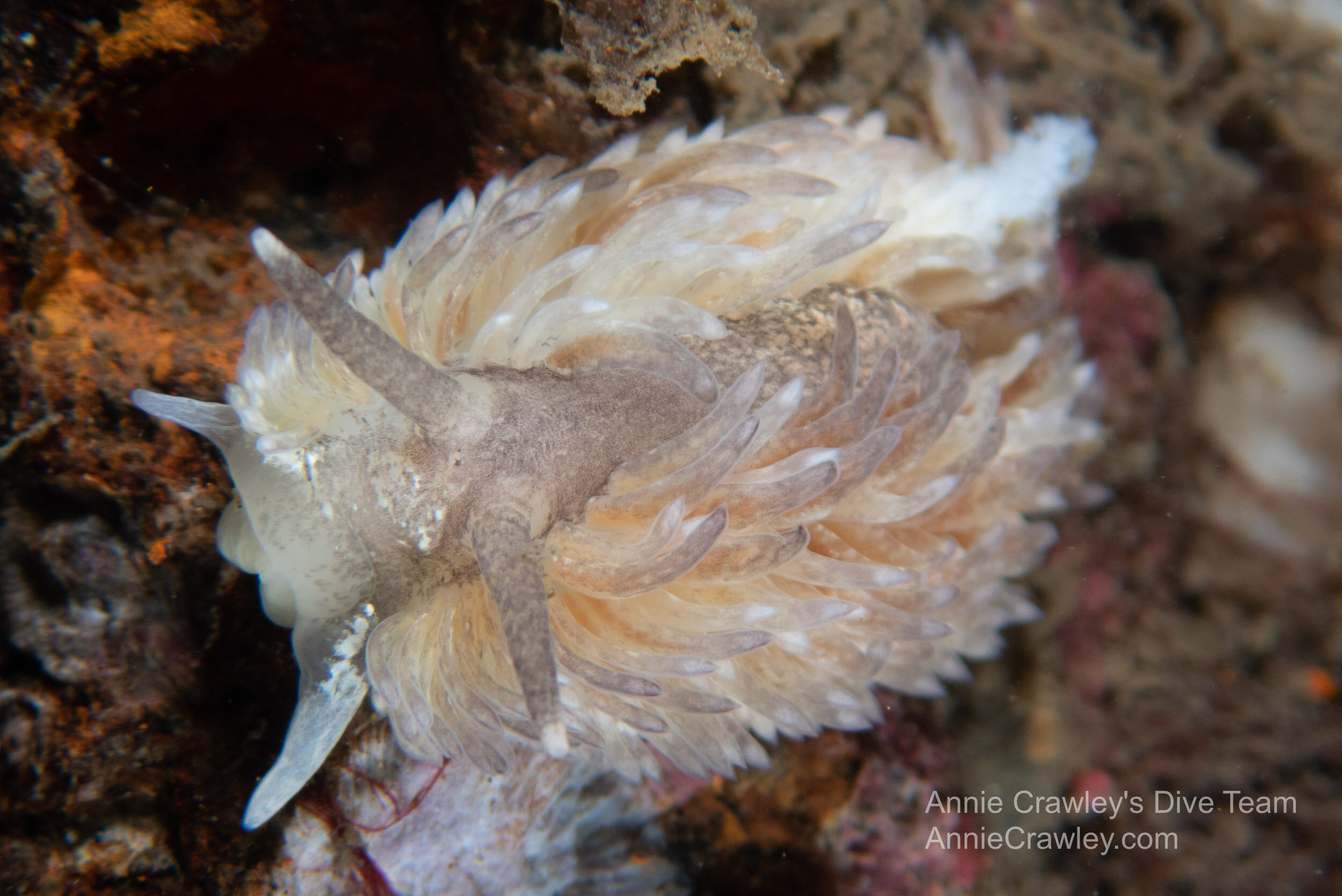

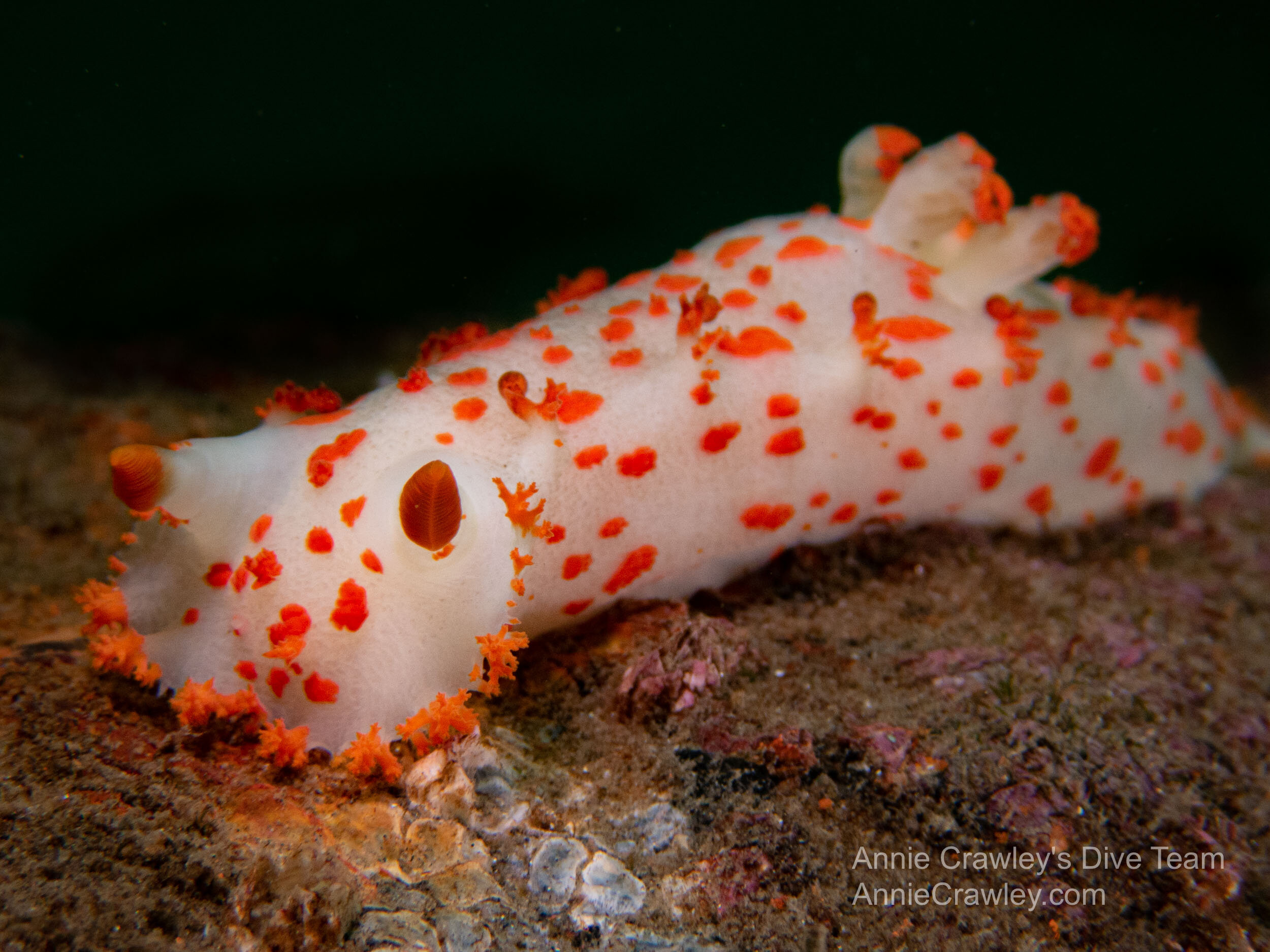



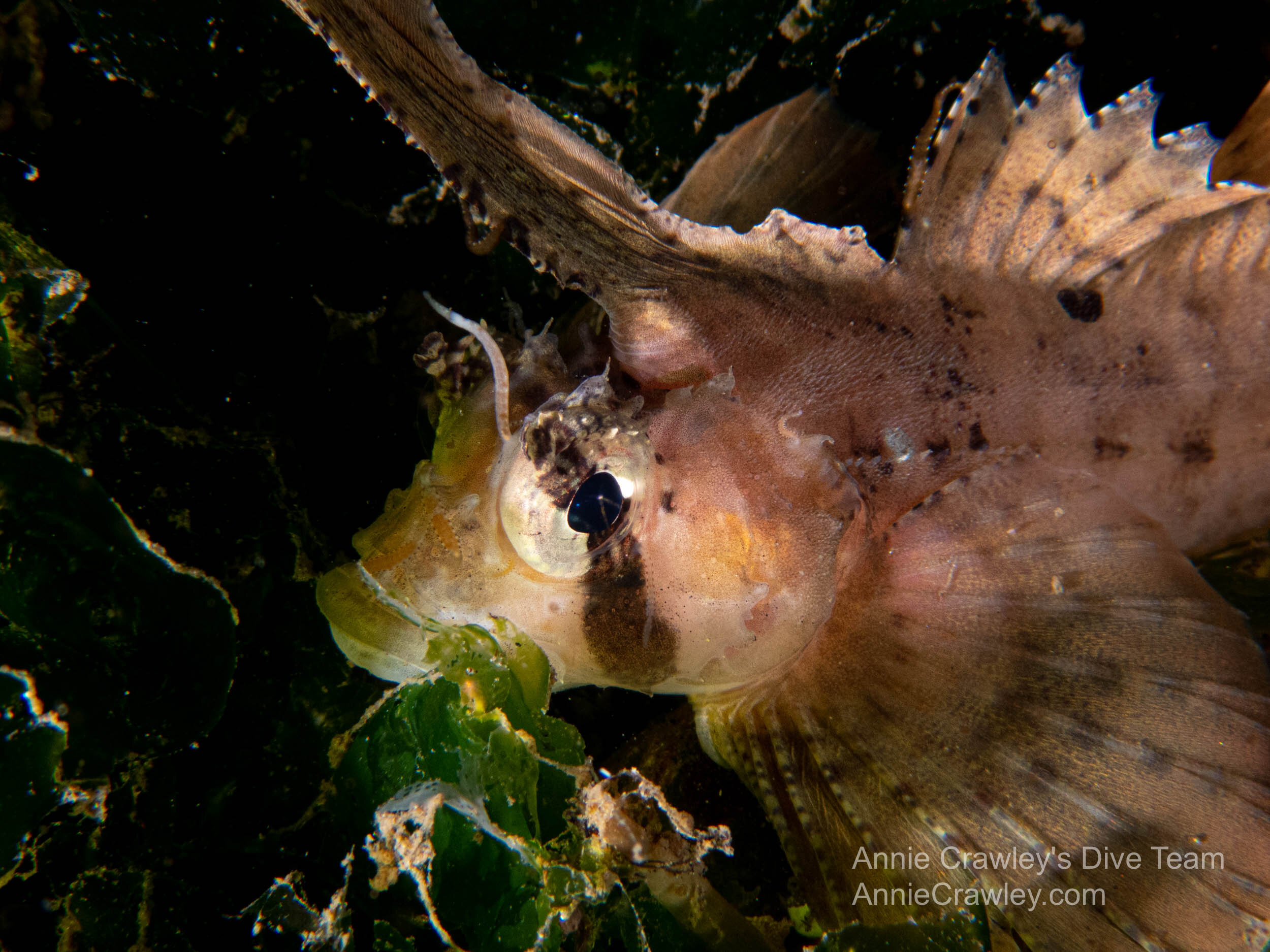
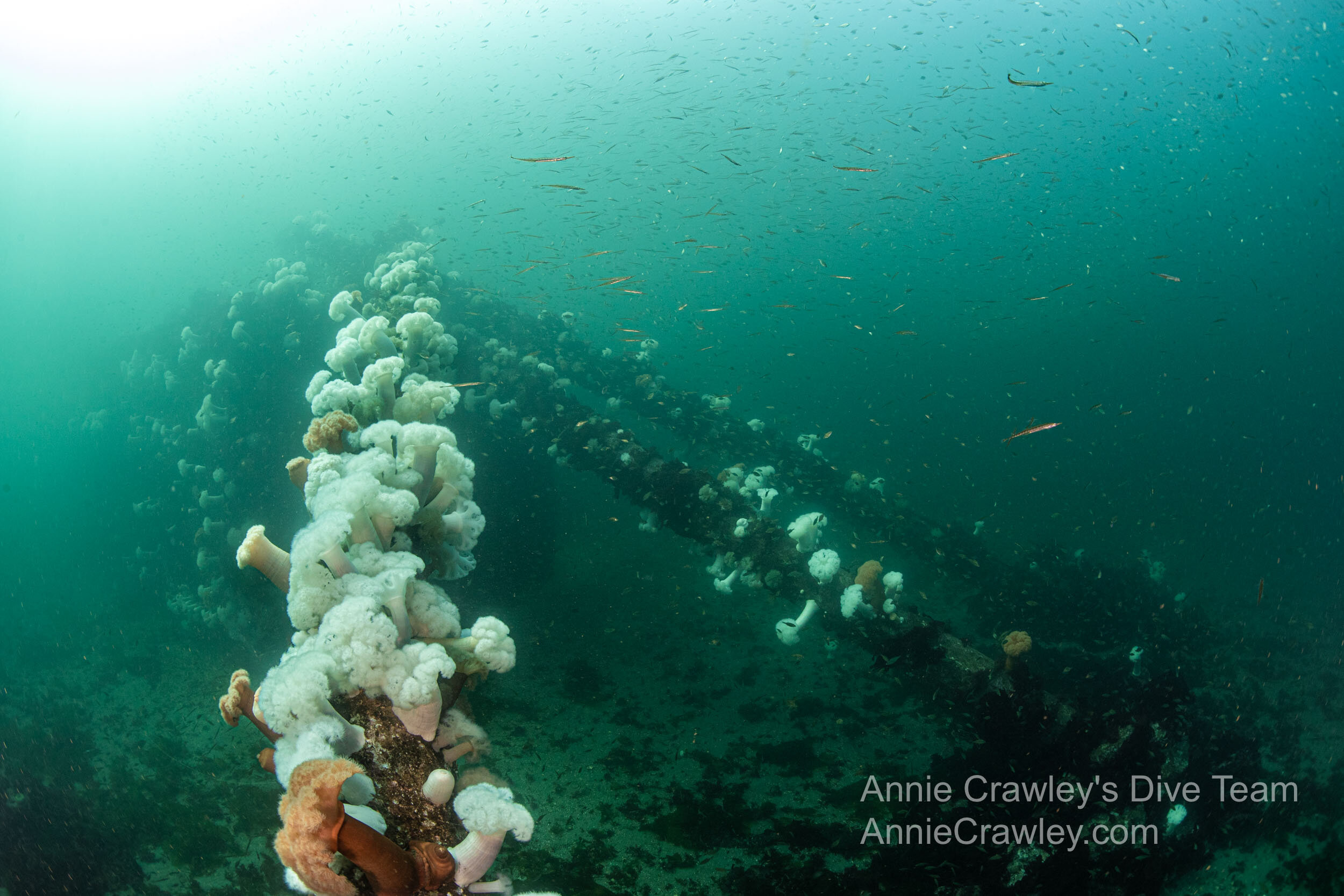
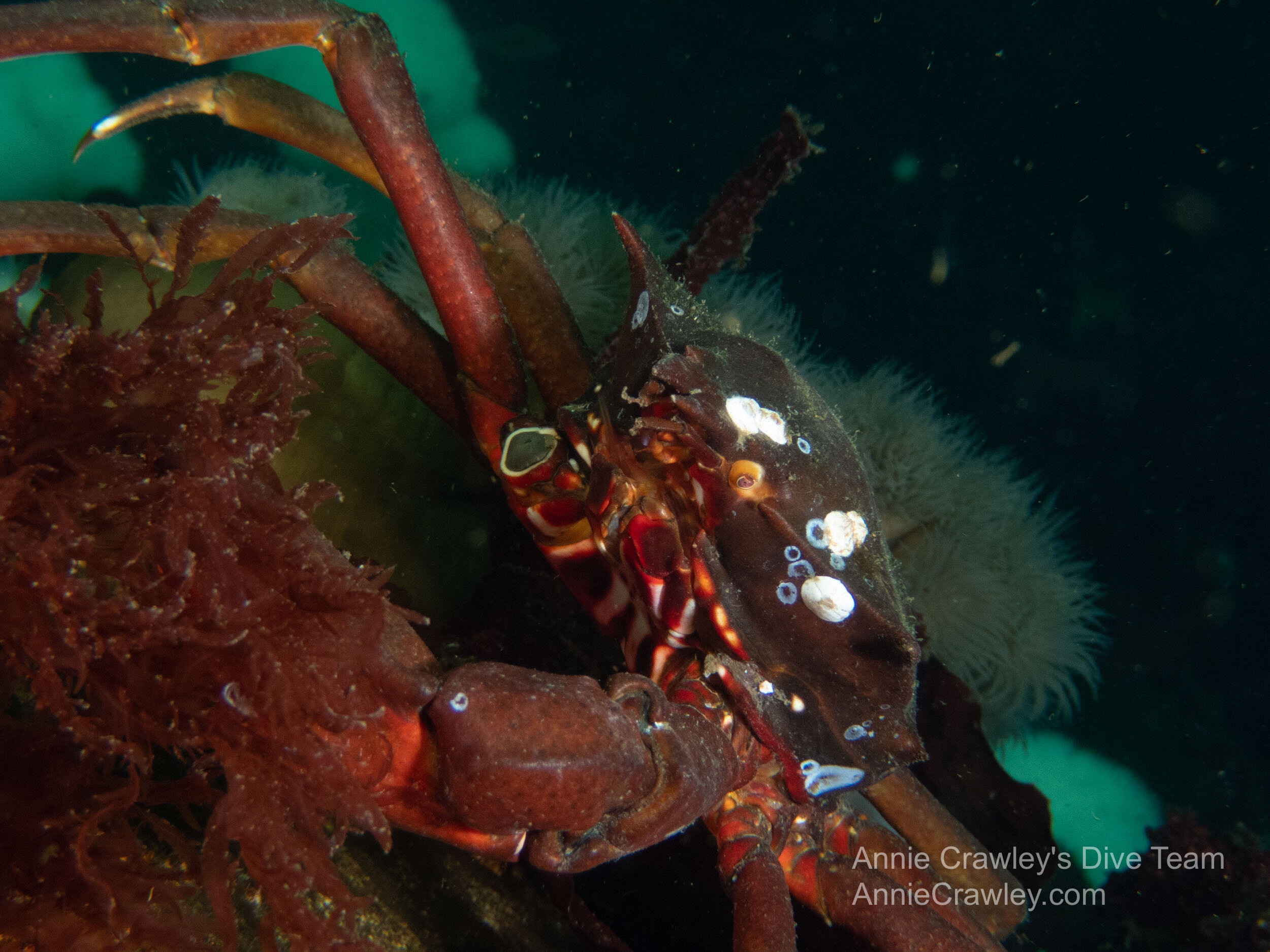
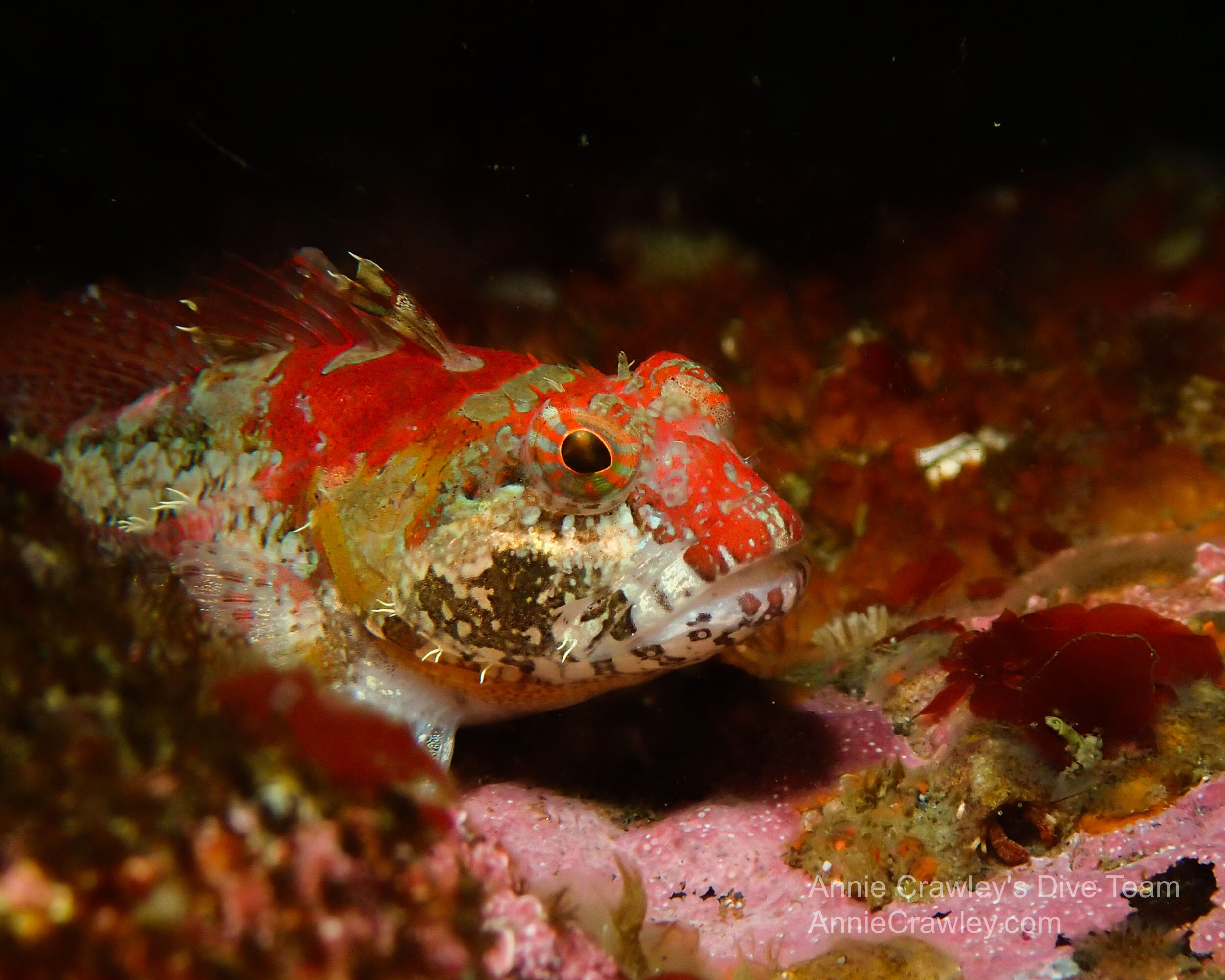

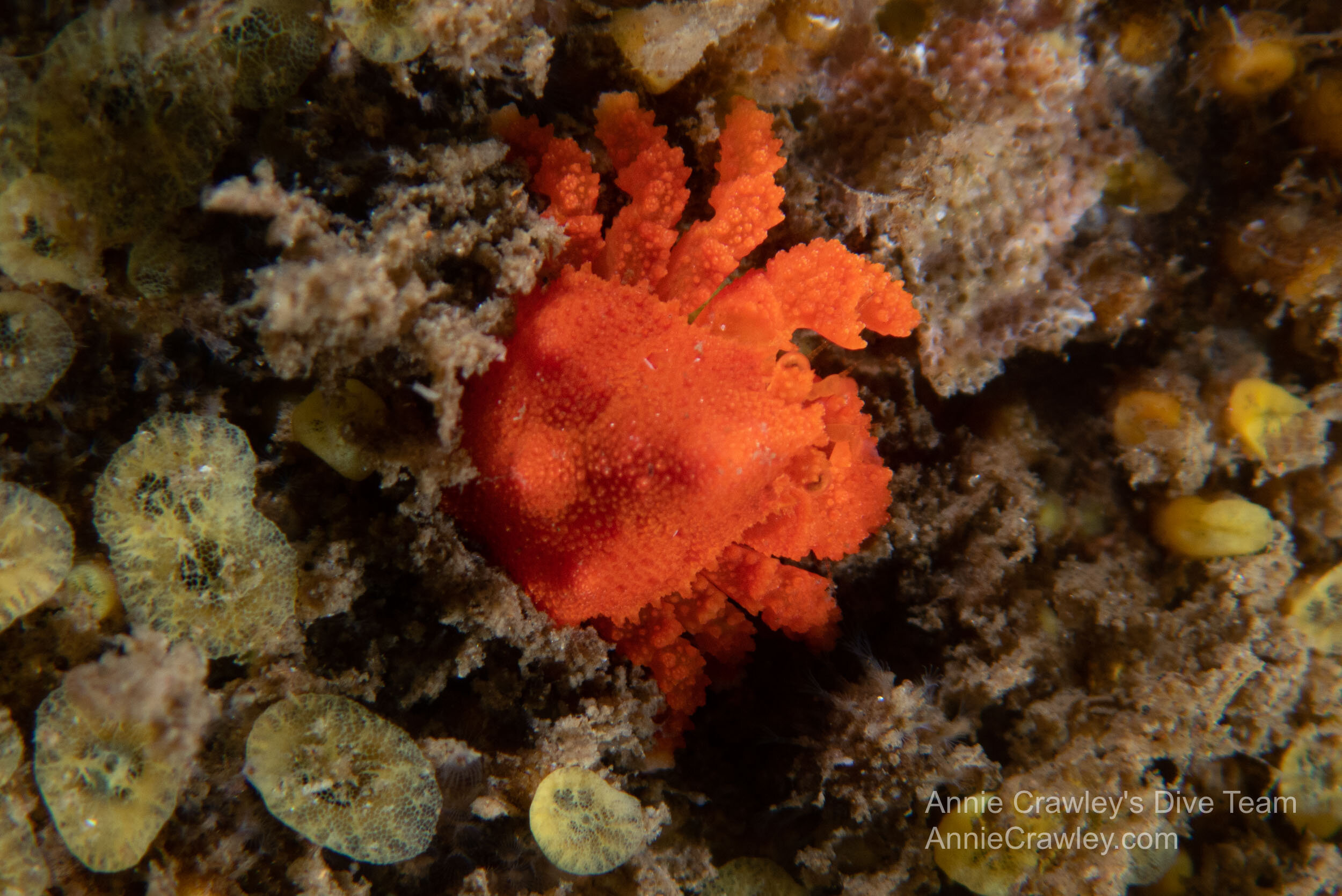
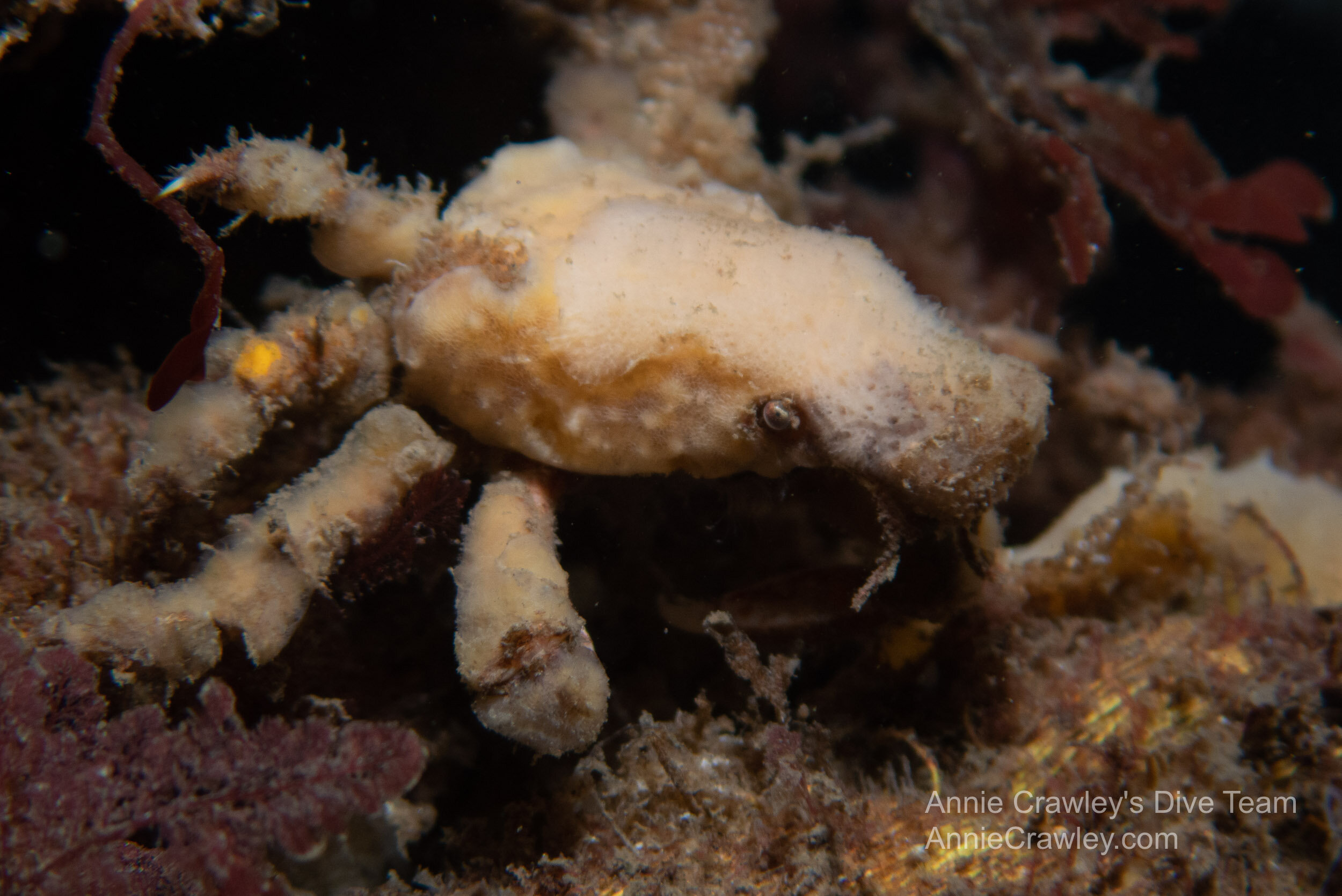



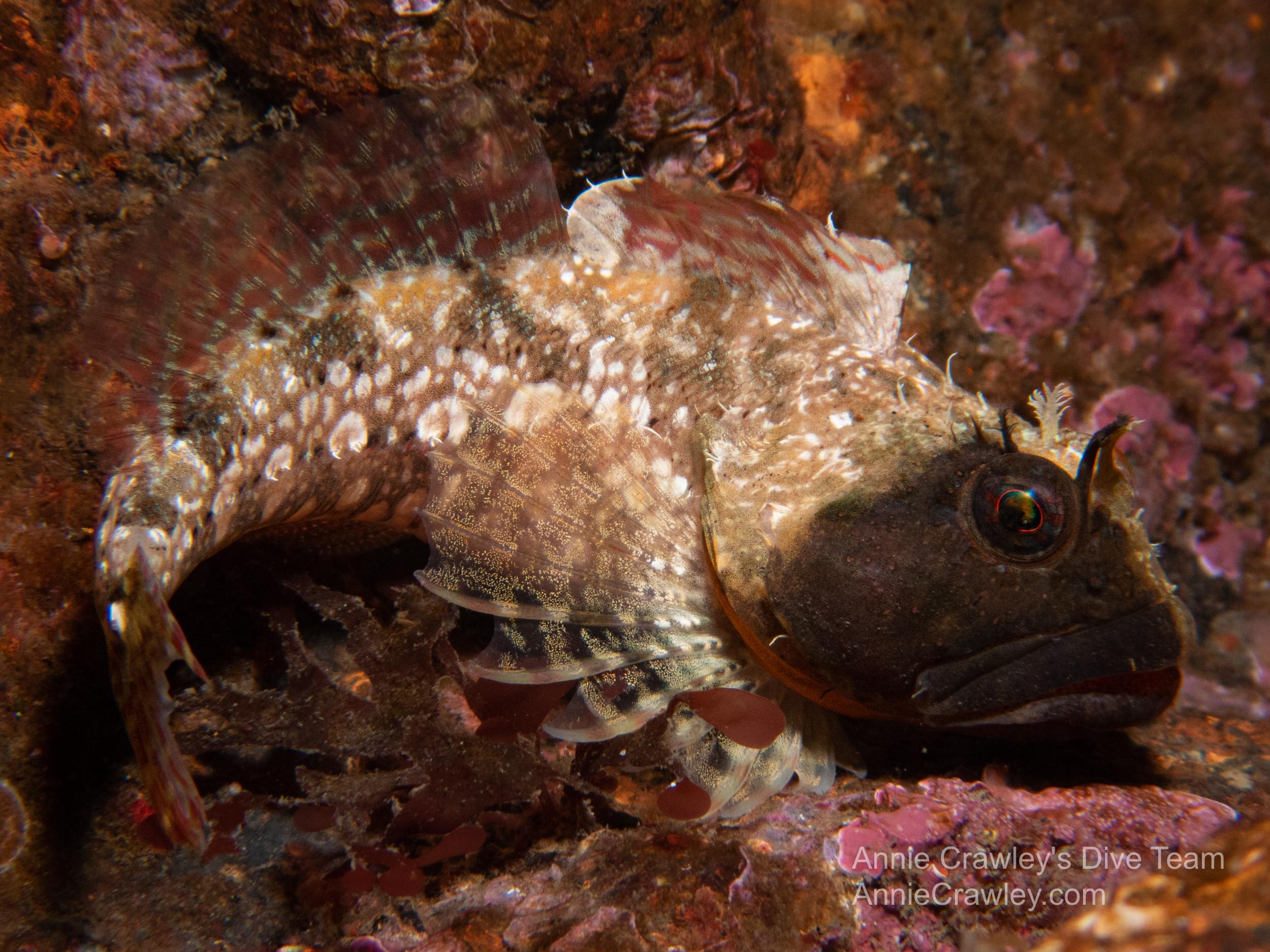


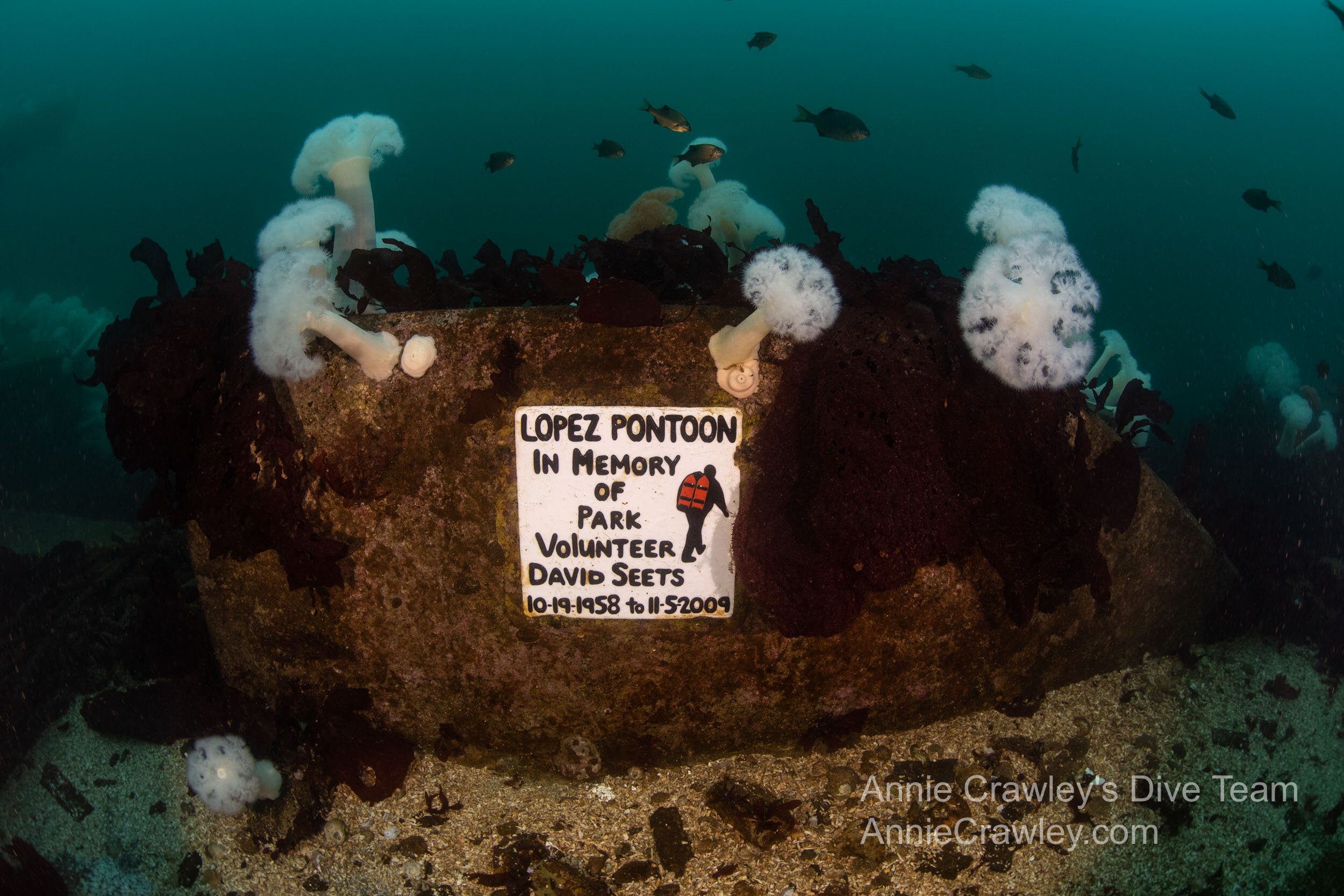
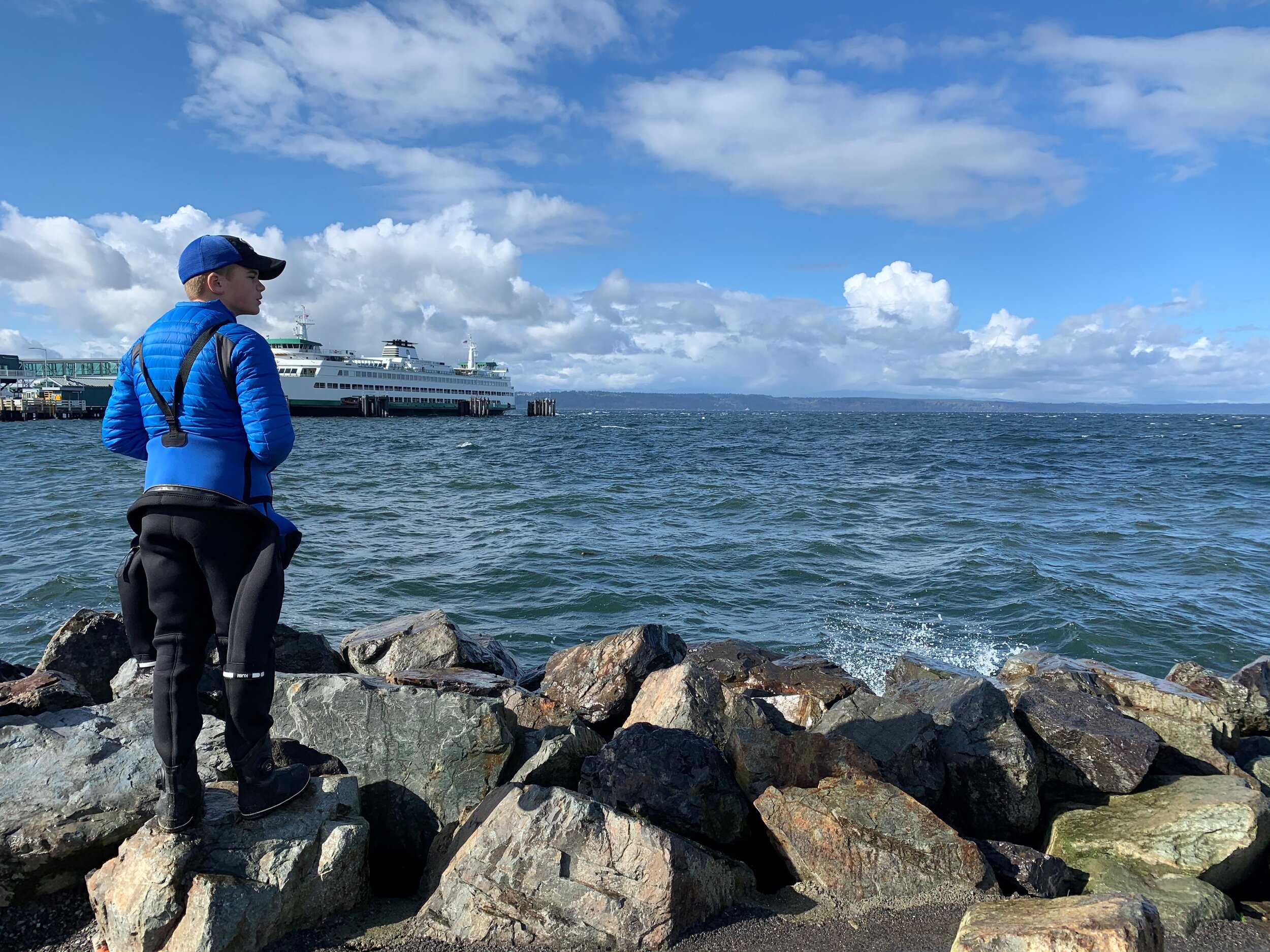
Daniel Dembowy is a PADI Rescue Diver and underwater photographer. He loves looking for nudibranchs and diving with his team. Read Daniel’s bio.